Taking a look at China these days, one may wonder if we haven’t already found the solution for a sustainable future in hydrogen and fuel cells. During his June business trip to the Land of the Dragon, H2-international’s stock market analyst Sven Jösting took part in the two-day German-Chinese SME Conference in Jieyang as representative of German environmental organization B.A.U.M. In front of 800 attendees, he tried to answer the question: “Will water become what coal is today?” Afterward, he visited the industrial park Metal Eco City in the east of southern Chinese province Guangdong. When he came back from this trip, he sat down with Anja Barlen-Herbig from ZhongDe Metal Group, the investor and operator of the Metal Eco City, for the following interview.
Environmental protection is pretty much at the top of the agenda of the Chinese government’s 13th Five-Year Plan. Regarding research and development, the country is developing strategies to catch up to other nations’ achievements in clean transport and renewable energy. Which part will hydrogen and fuel cells play in the government’s plans?
Jösting: “Green” hydrogen produced from renewable energy sources such as wind and solar could become the next big thing in China. There are many applications for which it could be used, from transportation (cars, trucks, railroad vehicles, bikes and motorbikes) to stationary systems. And fuel cell power plants can generate electricity and heat – at efficiencies above 90 percent. Additionally, power-to-gas systems can combine green hydrogen with CO2 (e.g., from coal and industrial plants) to create methane. These plants can be highly effective producers of power and heat – from renewable sources, no less, since the only “waste product” is steam. Harmful emissions are converted into clean energy. It’s an effective defense against heavy pollution, one that will reduce demand for coal.
Is water the coal of the future? French author Jules Verne had already written as much in 1870 …
Jösting: It is, indeed. I think so because the steady improvements in electrolysis will make green hydrogen production a more efficient, more cost-effective and safer process. Jules Verne will be proved right. As an idea: Wouldn’t it be perfect if China were to install filling stations, supplied by locally produced H2, and charging points along the Silk Road? Fuel cell buses could be refilled here, as could cars, trucks, motorbikes and even bicycles. When I think about it like that, the Chinese proverb according to which water means wealth takes on an entirely new meaning.
A few weeks ago, you visited the Metal Eco City in Jieyang. Which opportunities do you think the city has for the use of H2 and fuel cells?
Jösting: In my opinion, the Metal Eco City is very well suited for the implementation of fuel cell technology. Jieyang’s industrial facilities on the one hand and water, sun and wind resources on the other make for a good combination. You could set up a pilot project there (e.g., to install H2 filling stations). I will arrange a meeting between Jieyang’s authorities and hySolutions. The latter is an electric transportation company owned by the German city of Hamburg. I’ve already suggested this to the mayor of Jieyang, Chen Dong, and he seemed very interested in it.
In Guangdong province, construction work is underway on production facilities for fuel cell stacks that will later be used in hydrogen-driven buses in several Chinese cities. During your visit to Jieyang, you also met with Hu Chunhua, the party secretary of Guangdong province, with whom you talked about the experiences you and he have made with fuel cell technology. Have you gained any new insights into the market?
Jösting: The technological leader in fuel cells, Canadian Ballard Power, has partnered in Guangdong with Chinese businesses that will produce a great many fuel cell systems for buses. And at the beginning of this year, Mr. Hu visited the headquarters of Ballard in Vancouver. This underlines the importance China places on fuel cells. Additionally, 48 cities have taken part in a new Chinese-wide program to purchase a variety of systems for 1,000 electric buses each, including fuel cell-hydrogen and diesel hybrid vehicles, but also battery-only ones and gas-run buses. The recently passed investment plan, which has a three-year budget of more than USD 770 billion, is heading into the same direction. And Ballard is collaborating with the bigger rolling stock manufacturers in China to get hydrogen-run trains and streetcars on the tracks. This will eliminate the need for power lines.
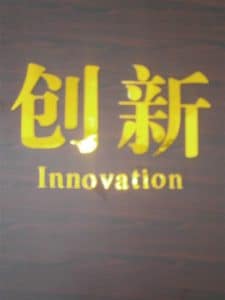
Jösting: I think it will be primarily the carmakers’ turn. Daimler has already gotten involved, VW is about to, although it is Audi which is spearheading the corporate effort. Wan Gang, the Chinese minister for science and technology, used to work as an engineer at Audi. He considers the fuel cell to be a key solution for meeting demand in the energy and transportation sector. He explained this in more detail in Berlin in April, during the H2Mobility Conference, which I also attended (see Connected – Autonomous – Emission-Free). Companies like Siemens are pioneers of water conversion through electrolysis. But they’re not alone: Businesses that design systems have come a long way technologically; Linde is the pioneer of H2 filling stations.
Could China become a leader in fuel cell transportation? What is your vision for the future?
Jösting: Clearly, it can. The country is executing many projects in less time and with a more pragmatic approach. While Germany will have 400 H2 filling stations by 2023 if all goes as planned, China could decide to set up 10,000 stations in five years. There is also a growing number of applications and products that can use H2. The number of fuel cell hybrids (e.g., Toyota’s Mirai) will go up. Ships will be …
Interviewer: Anja Barlen-Herbig, ZhongDe Metal Group, Stuttgart




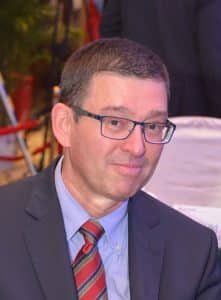






















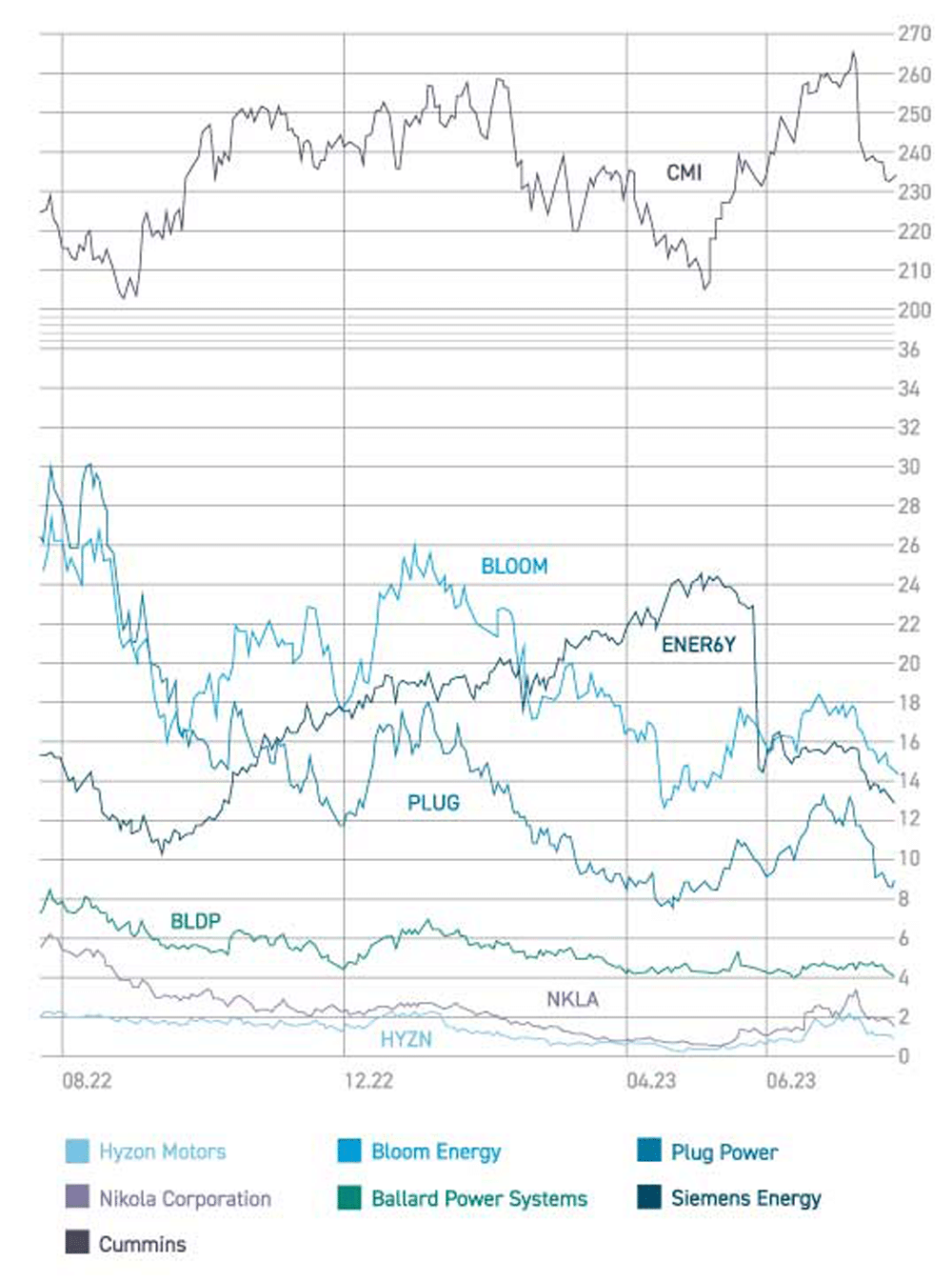
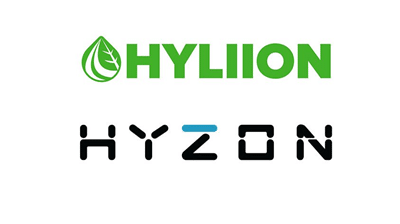
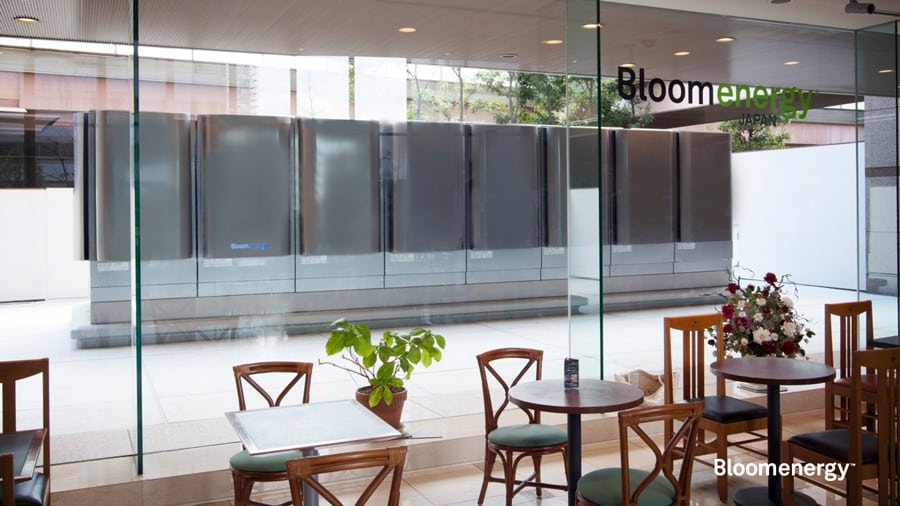
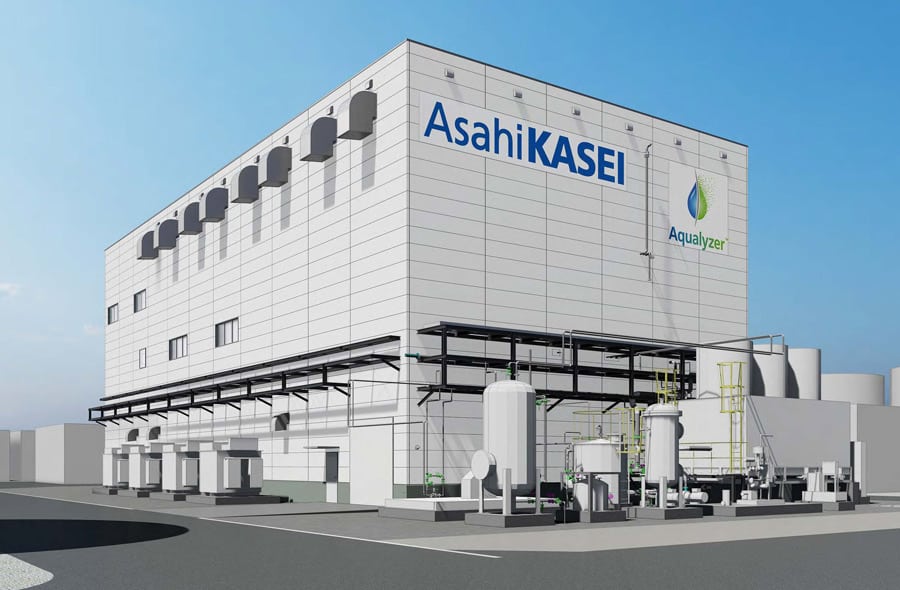
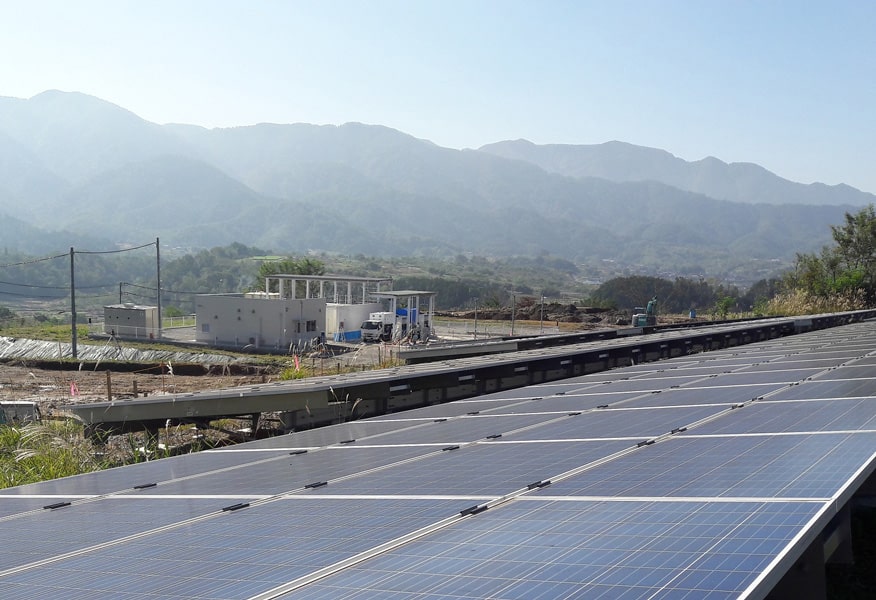
0 Comments